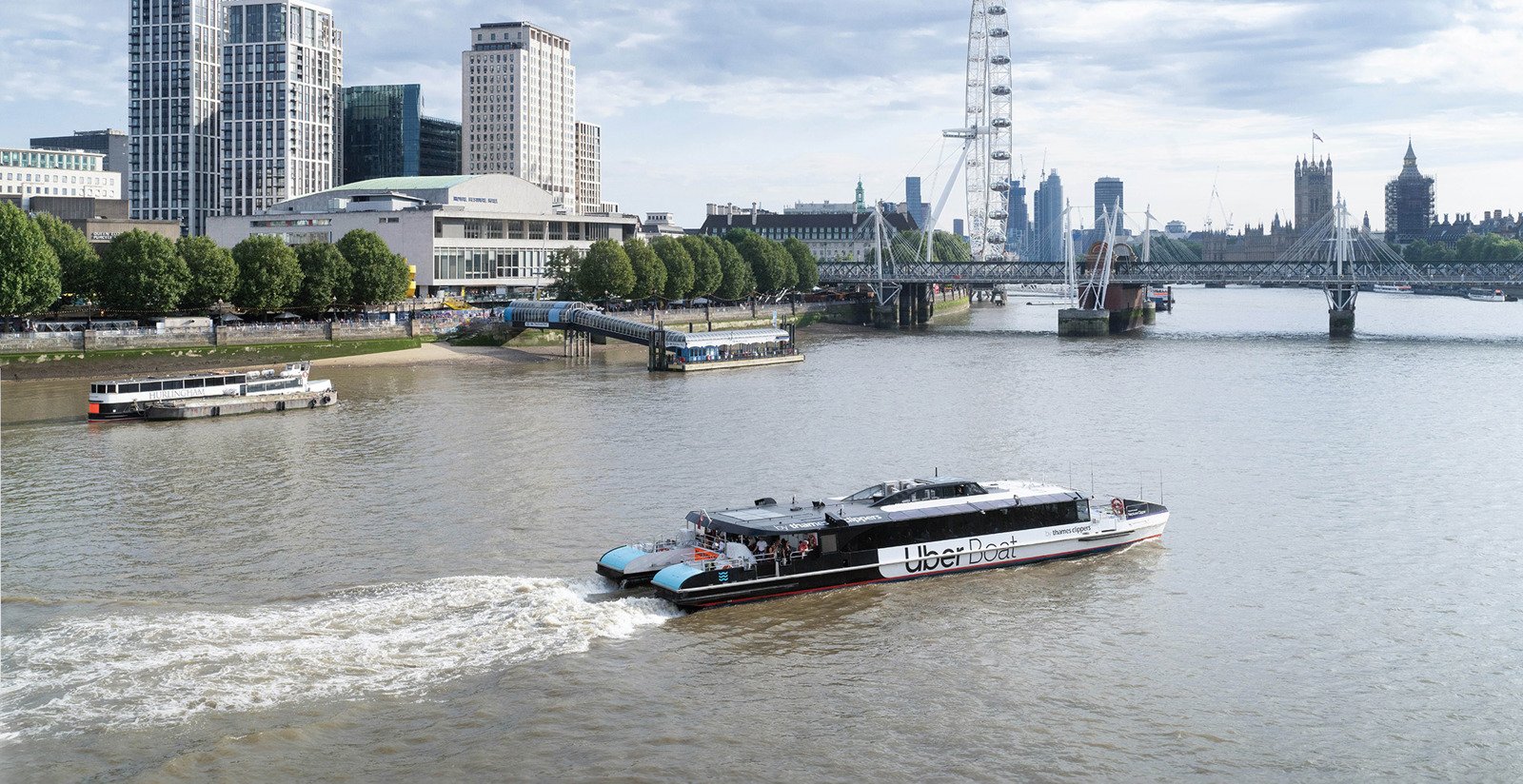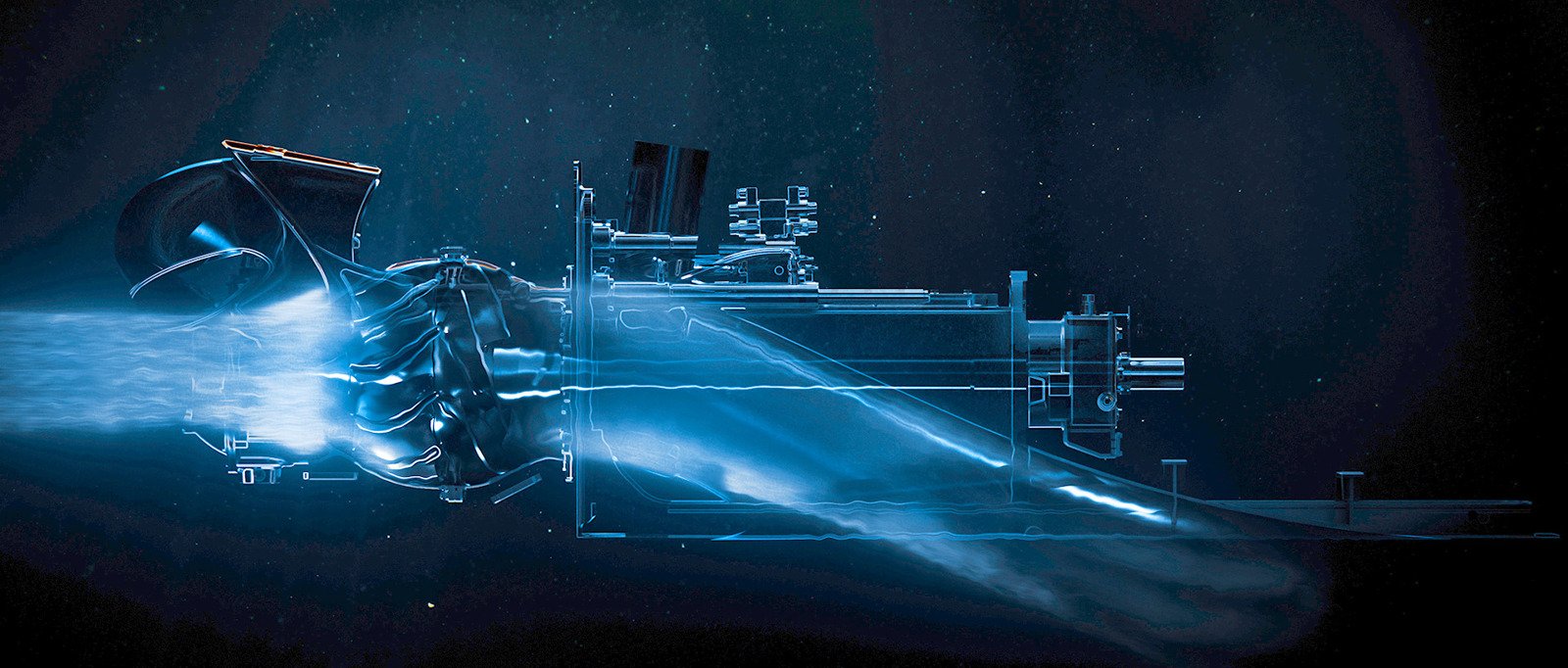
Five wonders of waterjet technology
Kamewa Waterjets offer high performance and unexpected benefits beyond efficiency at high speed. They also provide tight control, extreme manoeuvrability and operational flexibility for the most demanding requirements.
-
Text:Global Marketing and Communication
Photo:@Kongsberg Maritime
Waterjets are widely known as the high-speed solution for a range of vessels, from naval landing craft to fast superyachts. However, Kongsberg Maritime’s Kamewa Waterjets have a surprising list of capabilities beyond efficient, high-speed operation that some buyers may not yet know about.
1. Shallow water? No worries - operations in just centimeters of water
Kamewa Waterjets can operate in just a few centimetres of water depth, according to Dr. Ammar Saber, a Senior Hydrodynamicist with Kongsberg Maritime’s Hydrodynamic Research Centre (HRC) in Kristinehamn, Sweden. Thanks to the intense engineering and design that has gone into the intake valves and the screening systems, vessels can operate and manoeuvre at speed in shallow waters that would clog other propulsion types or even ground vessels.
In London, Uber by Thames Clippers operates a fleet of 20 ferries, nine of which (Hunt class) are powered by Kamewa Waterjets. Uber by Thames Clippers deployed the vessels to access routes on London’s western reaches, where the depth under keel is just half a metre and tidal changes can be dangerous.
Dr. Saber says that tests conducted in the HRC’s state-of-the-art facilities have shown the possibility of extremely shallow water operations. For vessels operating along the coastlines of the Middle East and India, where large stretches of ocean have very shallow depths, this could be a key capability.
2. Low speed, tight turns - Turning diameter reduced by up to 50%
Tests by the HRC team show that waterjets can reduce the turning diameter by between 40 and 50 per cent on a 32-metre vessel compared to a traditional propeller and shaftline. Other tests have shown that waterjets can produce rudder forces, such as turning force, up to four times that of traditional propeller-shaftline systems.
That incredible maneuvering ability, particularly at low speeds, is a huge advantage in a range of maritime operations, particularly in tight harbours. The 63-metre superyacht Utopia IV, built by Italian yard Rossinavi, has a high cruising speed of 26 knots. But in tight harbours and marinas Utopia IV’s low-speed maneuverability allows its captain and crew to moor stern-to with ease.
3. Silence is golden - Reducing underwater noise
Reducing noise above and below the water can be vital to naval operations or to onboard comfort on passenger vessels such as superyachts or ferries. A growing awareness of the issue of noise has raised demand for quiet solutions in vessel operations.
Kamewa Waterjets offer distinct advantages. A comparison of two naval corvettes, one operating on waterjets and the other on a propeller-shaftline system, found a 13-decibel drop in underwater noise for the vessel propelled by waterjets. Decibels work on a logarithmic scale, so a drop of 10 decibels is perceived by people as halving the noise level.
Kamewa Waterjets are known for powering high-speed passenger ferries. A recent agreement will see two fast ferries built in Singapore and delivered to the UAE, equipped with Kamewa 71 S-4 units. The ferries, with capacity for up to 250 people, will connect the UAE mainland with Dalma Island, which is 42km offshore. Passengers will enjoy quick and quiet journeys thanks to reduced noise.
Waterjet pumps are located above the waterline, reducing underwater radiated noise and noise inside the cabin.

4. Hero to zero - Emergency stops in 1.5 boat lengths at 30 knots
Vessels operating in unpredictable environments may need to stop suddenly. That could be even more true when operating near offshore structures, where safety and environmental concerns are paramount.
Kamewa Waterjets have the power to completely reverse thrust thanks to their buckets. But in a serious emergency, they can bring a vessel to a dead stop in 1.5 boat lengths at speeds of up to 30 knots. Though not something to be used all the time, this capability adds a real measure of security in vital operations.
Aircat Vessels, a French builder of high-tech crew transfer vessels (CTV), is using Kamewa Waterjets to power their vessels that feature a twin-hull design that creates an air-cushion to raise efficiency dramatically. But the waterjets aboard the Aircat CTVs will allow them to make an emergency stop in case the unthinkable occurs.
5. Sideways movement - 30% sideways thrust on command
Waterjets allow vessel movement in any direction, including sideways (aka, crabbing). This contributes to the extreme manoeuvrability capability of waterjet propulsion. Vessels using Kamewa Waterjets can get up to 30 per cent of the total thrust on pure sideways motion. For fine adjustments or for station-keeping in adverse weather conditions, that capability could be vital.
The Norwegian Sea Rescue Society, which saves lives, salvages assets and protects Norway’s coastal waters, has a fleet of 58 vessels, many of which use Kamewa Waterjets. In addition to the speed, the waterjets allow the Society’s vessels to hold position or approach victims or stricken vessels in the water and reduce risk while doing so.


